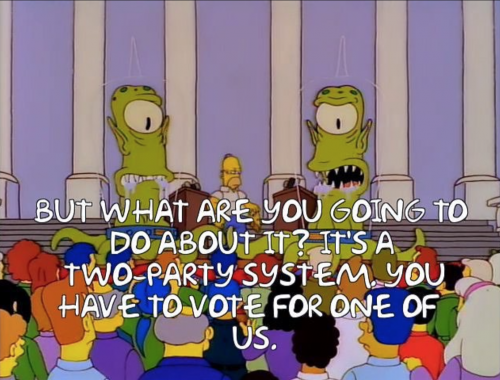The atrocities committed by the Nazi regime during World War II are well-documented, but lesser-known is the systematic persecution of the LGBT community. Among the symbols used to label and stigmatise individuals based on their sexual orientation was the pink triangle. This article explores the symbolism and origins of the pink triangle, shedding light on the tragic history faced by LGBT individuals during this dark chapter in human history.

In Nazi Germany, homosexuality was deemed an unacceptable deviation from the so-called Aryan ideal. The persecution of homosexuals began long before the war, as Adolf Hitler’s rise to power brought about an intensification of anti-gay sentiments. In 1935, the Nazi regime amended Paragraph 175 of the German penal code, which criminalized homosexuality, leading to the arrests and imprisonment of thousands of individuals.
The Symbolism of the Pink Triangle
During World War II, the Nazis began using various colored triangles as symbols to categorize and identify different groups of prisoners in concentration camps. The pink triangle was specifically used to identify and stigmatize homosexual men, marking them as social outcasts and depriving them of their humanity. It was a deliberate attempt to degrade and dehumanize LGBT individuals.
Origins and Comparison to Other Symbols

The origins of the pink triangle can be traced back to the late 19th and early 20th centuries, where it was initially used as a symbol to represent homosexuality. However, during the Nazi era, it took on a far more sinister meaning. While other triangles were used to identify various groups, such as the red triangle for political prisoners and the yellow triangle for Jewish individuals, the pink triangle specifically singled out gay men.
The pink triangle’s symbolism was closely tied to the Nazi regime’s desire to eradicate homosexuality. It served as a warning to others and reinforced the belief that homosexuality was a threat to the purity and strength of the Aryan race.
Survivors and Legacy
Many gay men who were forced to wear the pink triangle faced unimaginable horrors in concentration camps, enduring physical and psychological abuse, and often succumbing to starvation, medical experiments, or summary executions. After the war, their stories were largely neglected, with survivors facing continued discrimination and persecution due to their sexual orientation.
In the years following World War II, the pink triangle gradually began to be reclaimed as a symbol of resilience and defiance by the LGBT community. Activists, such as Harvey Milk, used it in the 1970s to raise awareness about the struggles faced by LGBT individuals and to advocate for equality and acceptance.
Today, the pink triangle is an internationally recognised symbol of LGBT rights, memorialising the suffering endured by gay men during the Holocaust and serving as a reminder of the ongoing fight for equal rights and social justice.
Redefining the Pink Triangle Through Art
Art has played a significant role in reclaiming the pink triangle as a symbol of resilience and empowerment for the LGBT community. Many talented artists have used their creativity to shed light on the history of persecution faced by gay men during the Holocaust. One notable artist who has contributed to this movement is Keith Haring.

Haring, a prominent figure in the 1980s New York art scene, incorporated the pink triangle into his work as a symbol of solidarity and defiance. His bold and vibrant paintings, often featuring figures interwoven with the pink triangle, served as a powerful statement against discrimination and bigotry. Through his art, Haring helped to raise awareness about the struggles of the LGBT community and paved the way for other artists to reclaim the pink triangle as a symbol of strength and resilience.
The pink triangle stands as a powerful symbol of the persecution faced by the LGBT community in Nazi Germany. It represents a dark chapter in history when love and identity were condemned and punished. While its origins lie in the systematic oppression of gay men, it has since become a symbol of resilience and a call to action for equal rights. By acknowledging the history and significance of the pink triangle, we honour the memory of those who suffered and renew our commitment to creating a world free from discrimination and persecution.























